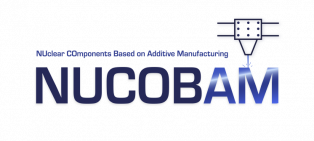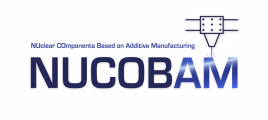NUCOBAM will use an Additive Manufacturing (AM) process called Laser Powder Bed Fusion to produce objects from powdered materials. This uses one or more lasers to fuse or melt the particles at the surface, layer by layer, in an enclosed chamber.
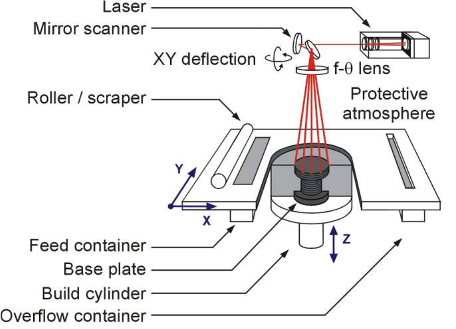
Schematic view of the laser melting process
Manufacturing complex nuclear equipment produces metal shavings as a result of the machining process (i.e. taking large blocks of metal and machining them down into smaller components). Although those shavings are recycled, they are still considered as waste. The AM process is a solution to produce less waste, as using powder allows the manufacturer to use a more accurate quantity of starting material. Metallic powder is also more easily recycled when compared to metal shavings and has the valuable benefit of being recycled on-site.
During the production of the demonstrators, powder will be part of different printing processes and cycles. Therefore, it is crucial to verify the quality of the powder and ensure that its properties stay stable over time. To do so, NUCOBAM will perform a careful study on powder characteristics and will implement a powder quality management system. Stainless steel 316L powder (X2CrNiMo17–12–2 (1.4404) according to EN standards) was chosen, as it is already extensively used throughout the existing nuclear fleet for Reactor Pressure Vessels (RPV) internals, primary pumps, pipes, external components (valves), and tools.
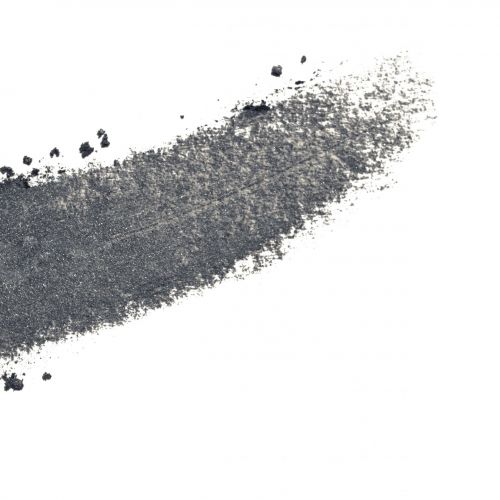
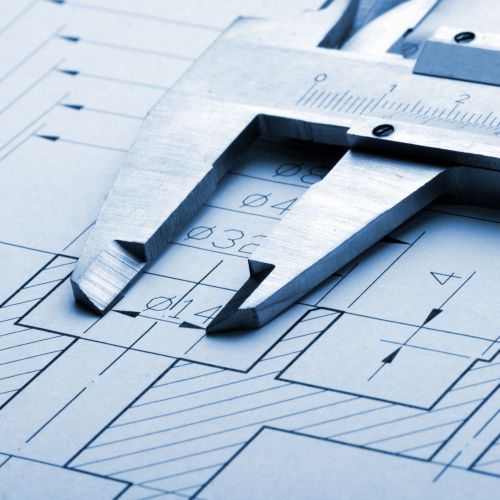
Currently, the lack of transferability of process parameters among different machines is one of the main issues in Laser Powder Bed Fusion technology. This is true not only among different manufacturers but also among different models within same manufacturer. As the final quality of the component should be sufficiently high regardless of the specifics of the manufacturing process, NUCOBAM will produce a methodology aiming to handle the influence of the process in the result. In addition, the project will evaluate novel quality control methods ensuring process stability, repeatability, and reproducibility resulting in high-quality components.
Other tests (such as tensile tests, hardness, toughness, corrosion and fatigue and creep behaviour) will be performed to evaluated the quality of the process, materials, and resulting components in AM.
Manufacturing complex nuclear equipment produces metal shavings as a result of the machining process (i.e. taking large blocks of metal and machining them down into smaller components). Although those shavings are recycled, they are still considered as waste. The AM process is a solution to produce less waste, as using powder allows the manufacturer to use a more accurate quantity of starting material. Metallic powder is also more easily recycled when compared to metal shavings and has the valuable benefit of being recycled on-site.
During the production of the demonstrators, powder will be part of different printing processes and cycles. Therefore, it is crucial to verify the quality of the powder and ensure that its properties stay stable over time. To do so, NUCOBAM will perform a careful study on powder characteristics and will implement a powder quality management system. Stainless steel 316L powder (X2CrNiMo17–12–2 (1.4404) according to EN standards) was chosen, as it is already extensively used throughout the existing nuclear fleet for Reactor Pressure Vessels (RPV) internals, primary pumps, pipes, external components (valves), and tools.

Currently, the lack of transferability of process parameters among different machines is one of the main issues in Laser Powder Bed Fusion technology. This is true not only among different manufacturers but also among different models within same manufacturer. As the final quality of the component should be sufficiently high regardless of the specifics of the manufacturing process, NUCOBAM will produce a methodology aiming to handle the influence of the process in the result. In addition, the project will evaluate novel quality control methods ensuring process stability, repeatability, and reproducibility resulting in high-quality components.
Other tests (such as tensile tests, hardness, toughness, corrosion and fatigue and creep behaviour) will be performed to evaluated the quality of the process, materials, and resulting components in AM.

The project will create 2 components that will be used to demonstrate the process and allow for testing of the materials and methods.
In addition to the qualification methodology, two types of tests will be performed to qualify the NUCOBAM equipment for nuclear use:
- Hydrostatic pressure test (for the valve): required by the construction codes, it demonstrates that the equipment design holds up under a given pressure;
- Functional test: according to manufacturers’ procedures and/or client requirements, it demonstrates that the equipment fulfils its functions.
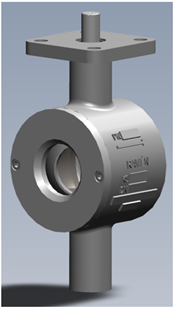
The valve is an example of a strategy to cope with obsolescence, which is a major concern in manufacturing.
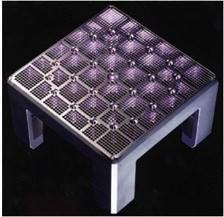
Debris filter (Framatome)
The fuel debris filter was chosen as it is an example of a complex shape that can benefit from design/manufacturing optimisation.
